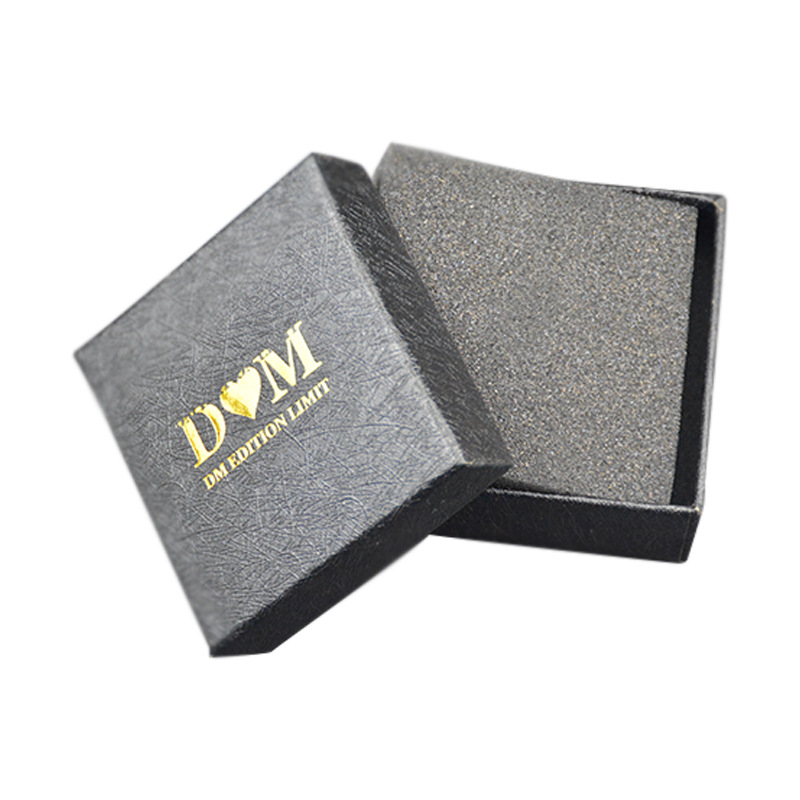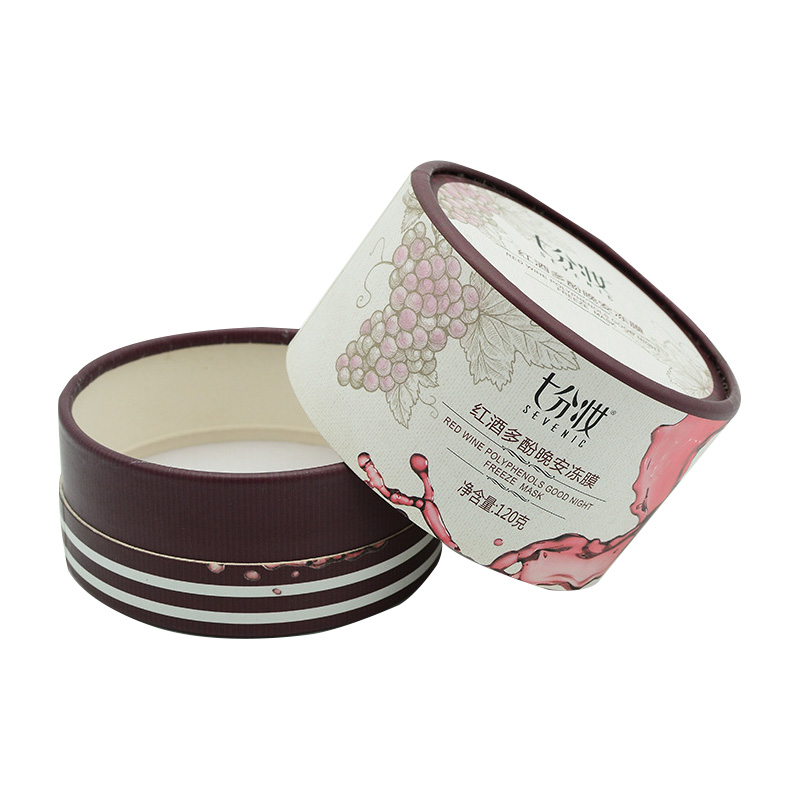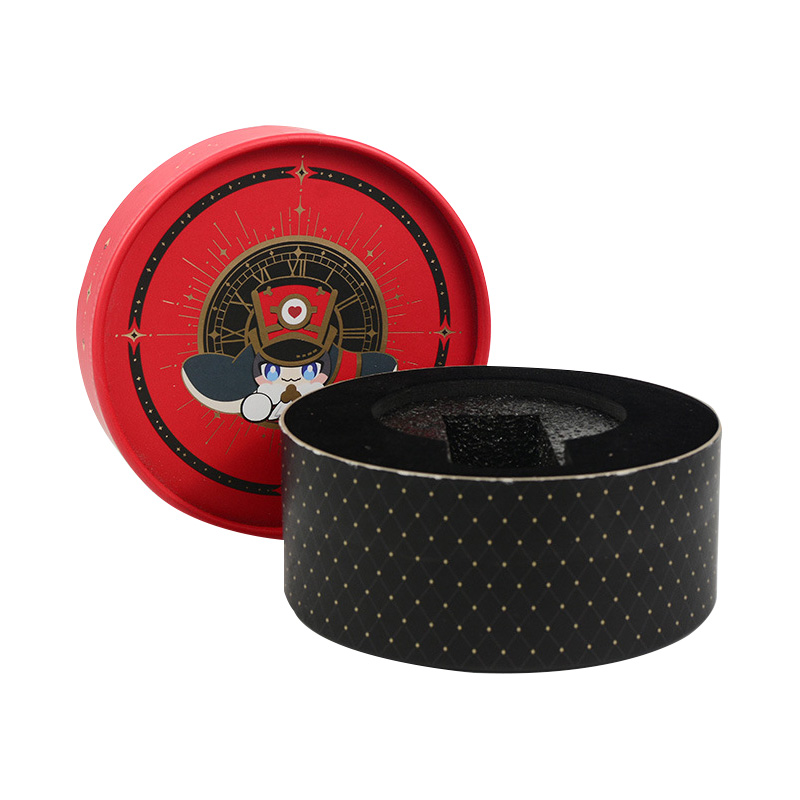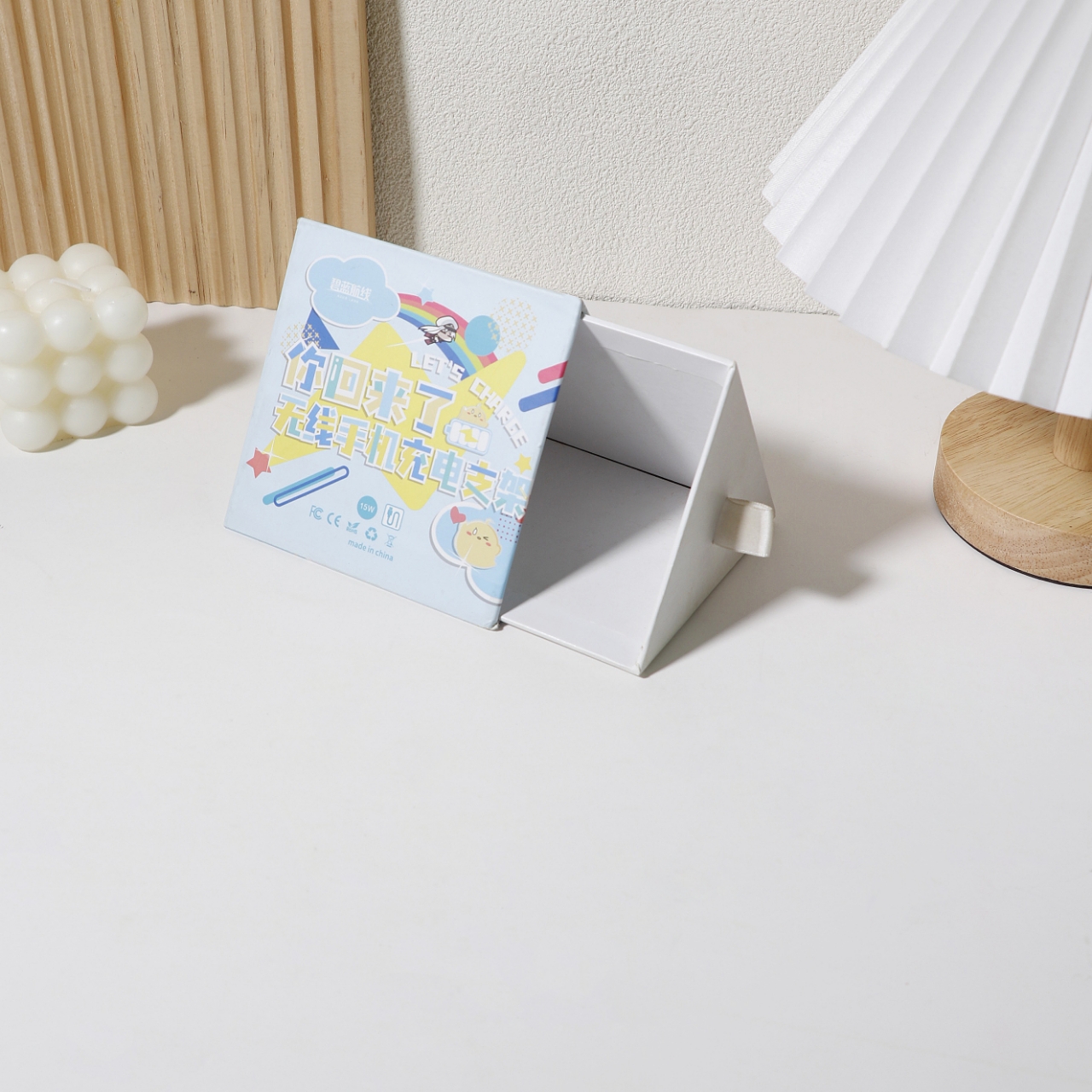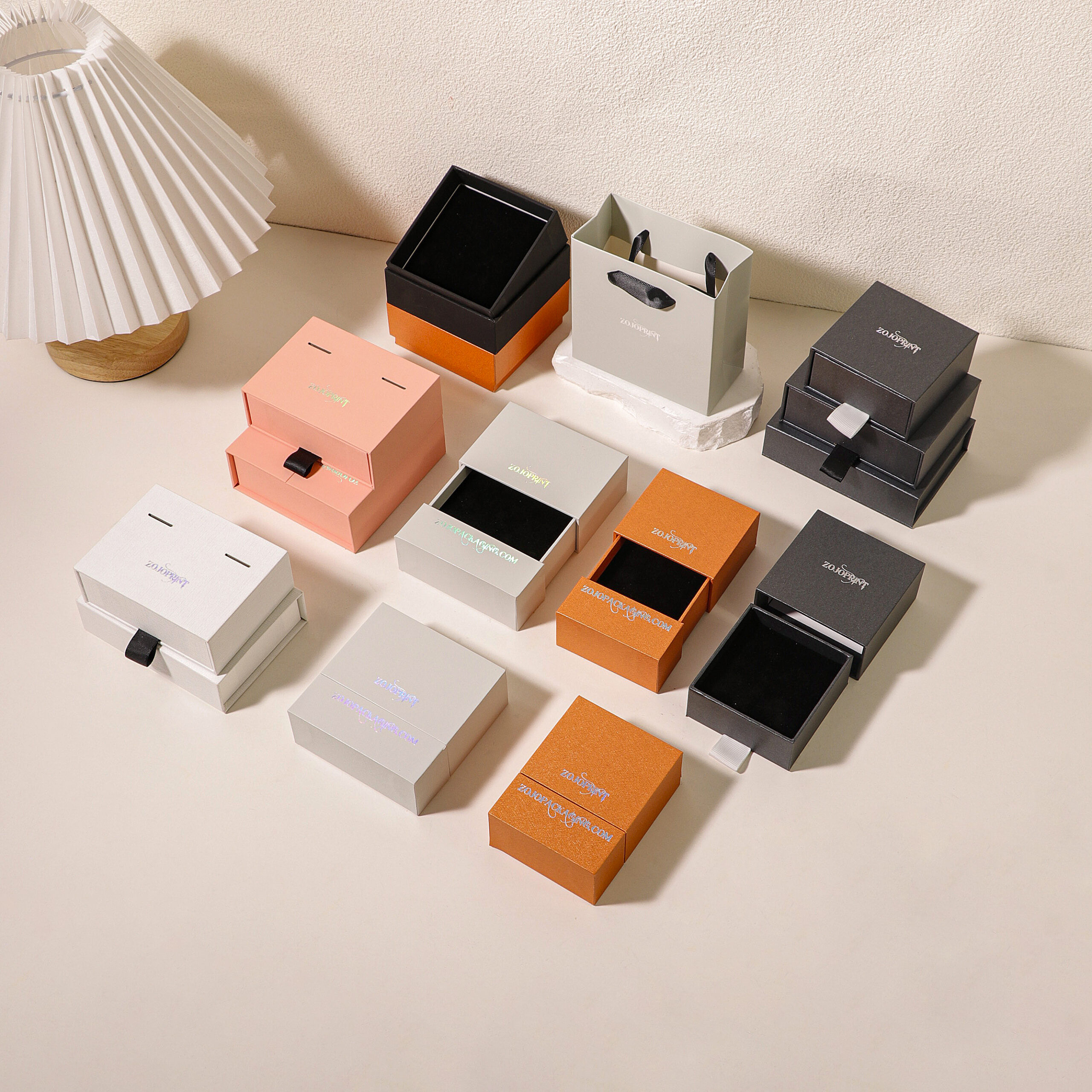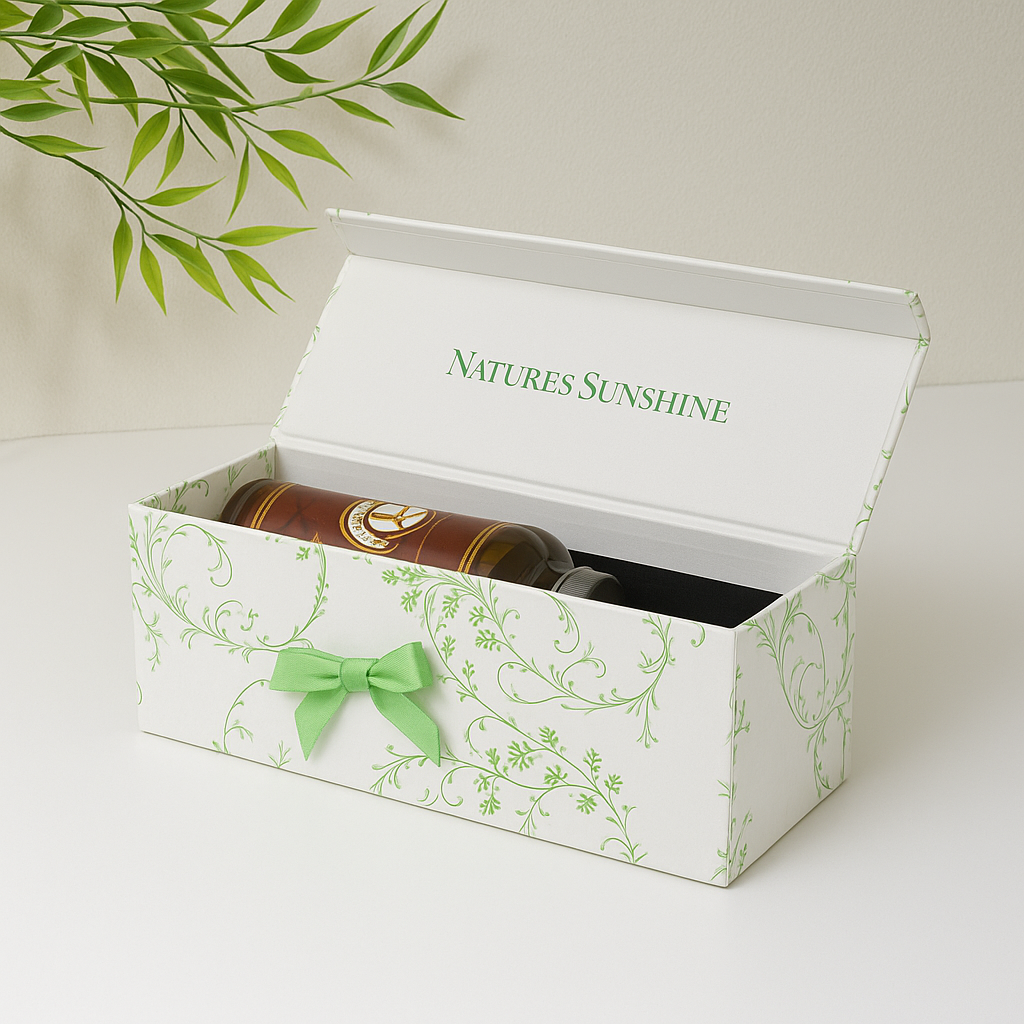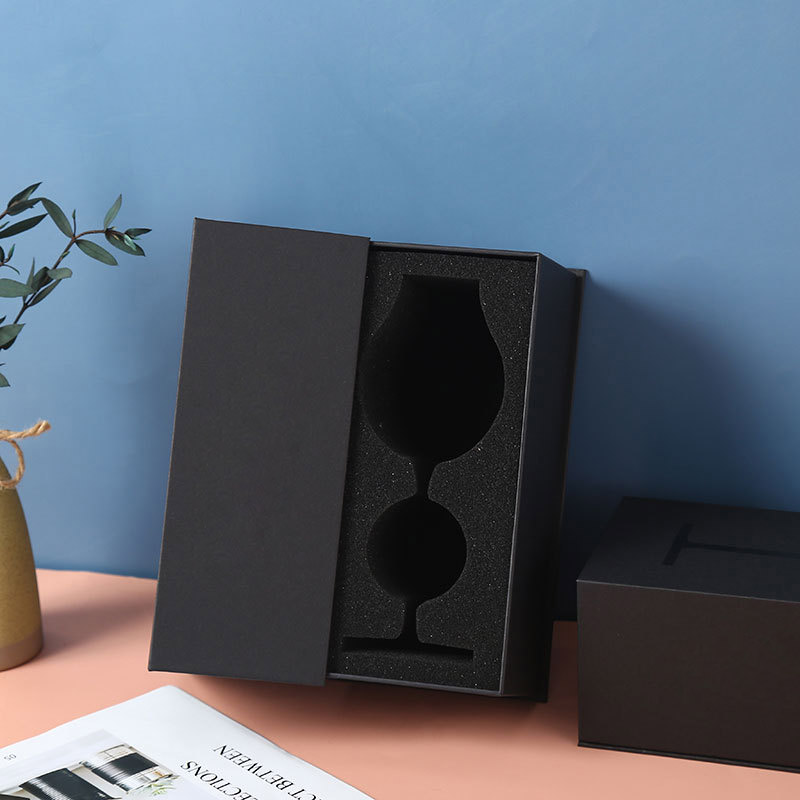Introduction
In luxury fragrance markets, perfume boxes transcend basic containment functions. These engineered solutions merge material science with brand psychology, creating tactile brand ambassadors that protect products while amplifying market presence. Modern perfume packaging deploys computational design tools, structural engineering, and sensory marketing strategies to convert simple boxes into multi-dimensional brand interfaces.
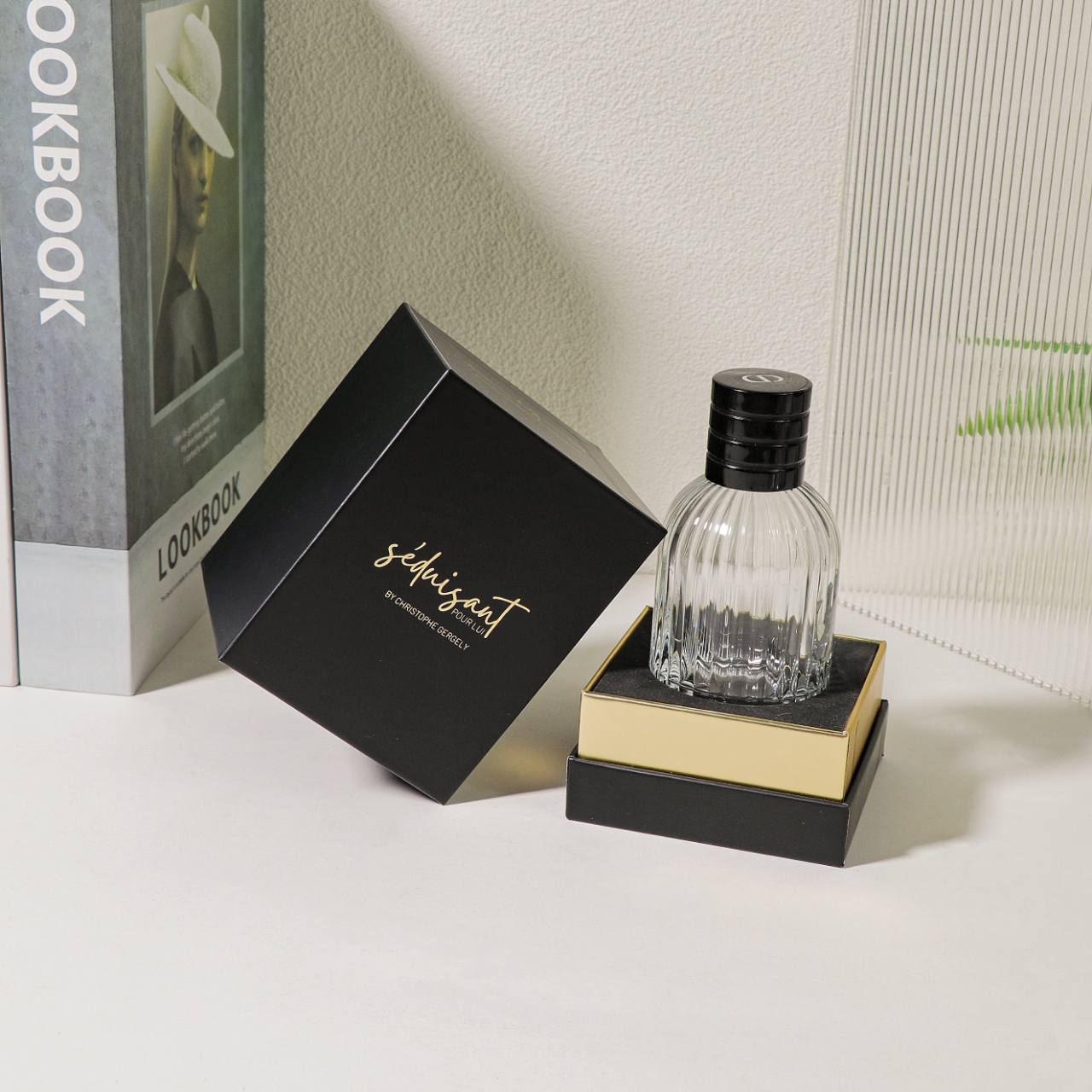
1. Structural Engineering of Perfume Boxes
Protection Through Computational Design
Designers craft perfume boxes using finite element analysis (FEA) to simulate stress distribution during shipping. For example, Kappa Board (700 GSM) withstands 1-5 kg compression loads while maintaining <0.5% deformation rates. Corrugated paper variants achieve 30% higher impact resistance than standard cardboard through hexagonal cellular structures.
Brand Identity Optimization
- Color Metrics: Pantone-matched inks achieve ΔE <2 color accuracy for brand consistency.
- Surface Textures: Embossing depths of 0.3-0.5mm create tactile differentiation, increasing unboxing engagement by 40%.
2. Material Science in Customization (Comparative Analysis)
| Material | Durability (ASTM D642) | Print Resolution (DPI) | Eco-Score | Cost/Unit (USD) |
|---|---|---|---|---|
| Kappa Board | 85 psi | 1200 | B- | $0.18 |
| Metal Tin | 200 psi | N/A | C | $0.75 |
| Corrugated Fiber | 50 psi | 600 | A | $0.10 |
Data synthesized from industrial testing protocols.
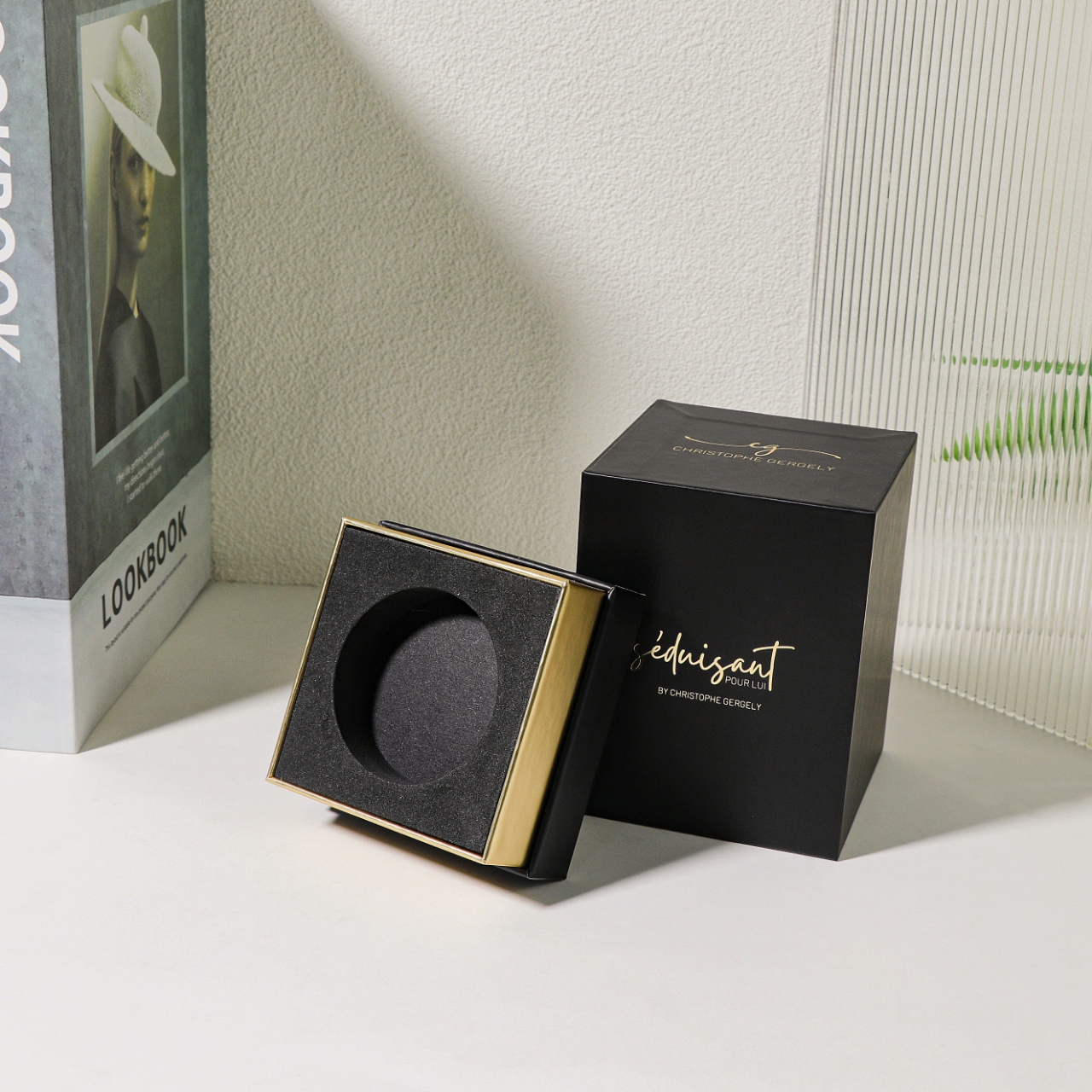
3. Neuro-Marketing Through Packaging
Sensory Triggers
- Olfactory: Microencapsulated scent patches (5μm thickness) release fragrance notes upon opening.
- Visual: Gloss varnishes (85-90 GU) increase shelf visibility by 27% under retail lighting.
Case Study: Gucci’s 2024 “Bloom” series used thermoformed EVA foam inserts with 0.1mm tolerance, reducing product movement by 92% while enabling 360° brand logo exposure.
4. Sustainable Engineering Innovations
Manufacturers now deploy plant-based PLA laminates (1.2g/cm³ density) that biodegrade 8x faster than PET. Newstep Packaging’s 2025 circular design templates reduce material waste by 33% through parametric modeling.
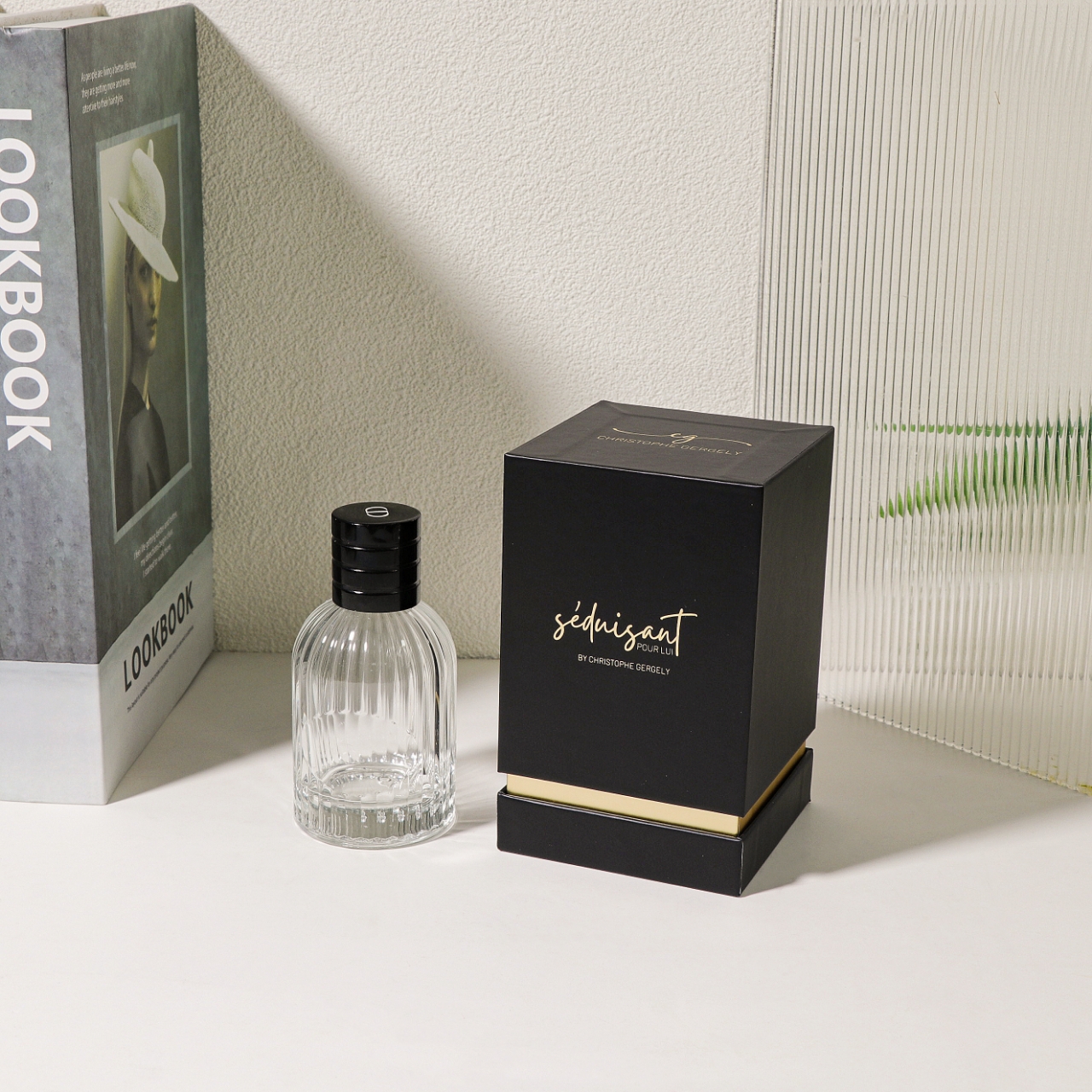
5. Smart Packaging Integration
IoT-Enabled Traceability
- NFC chips (13.56MHz) embedded in box liners provide anti-counterfeit authentication and supply chain tracking.
- Conductive inks print battery-free temperature sensors, alerting distributors to thermal breaches >25°C.
Augmented Reality (AR) Activation
L’Oréal’s 2025 campaign used QR-triggered 3D animations showing perfume notes materializing from box patterns, boosting social shares by 63%.
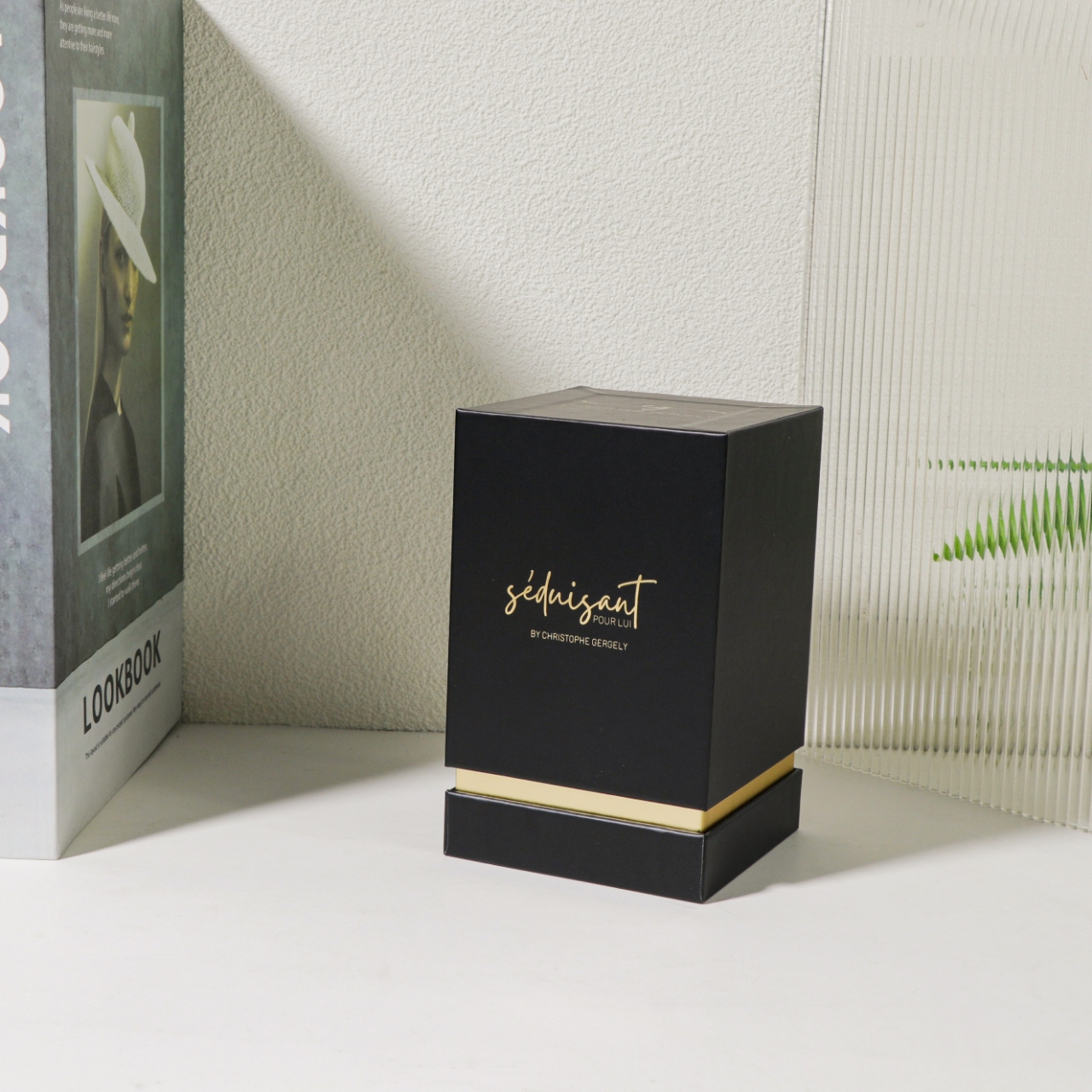
Conclusion
Customized perfume boxes now operate as cyber-physical brand interfaces. Through material innovation, sensory engineering, and IoT integration, these packaging systems deliver 19% higher customer retention versus standard alternatives. Future developments will likely incorporate AI-generated textures and self-healing nanocoatings.


